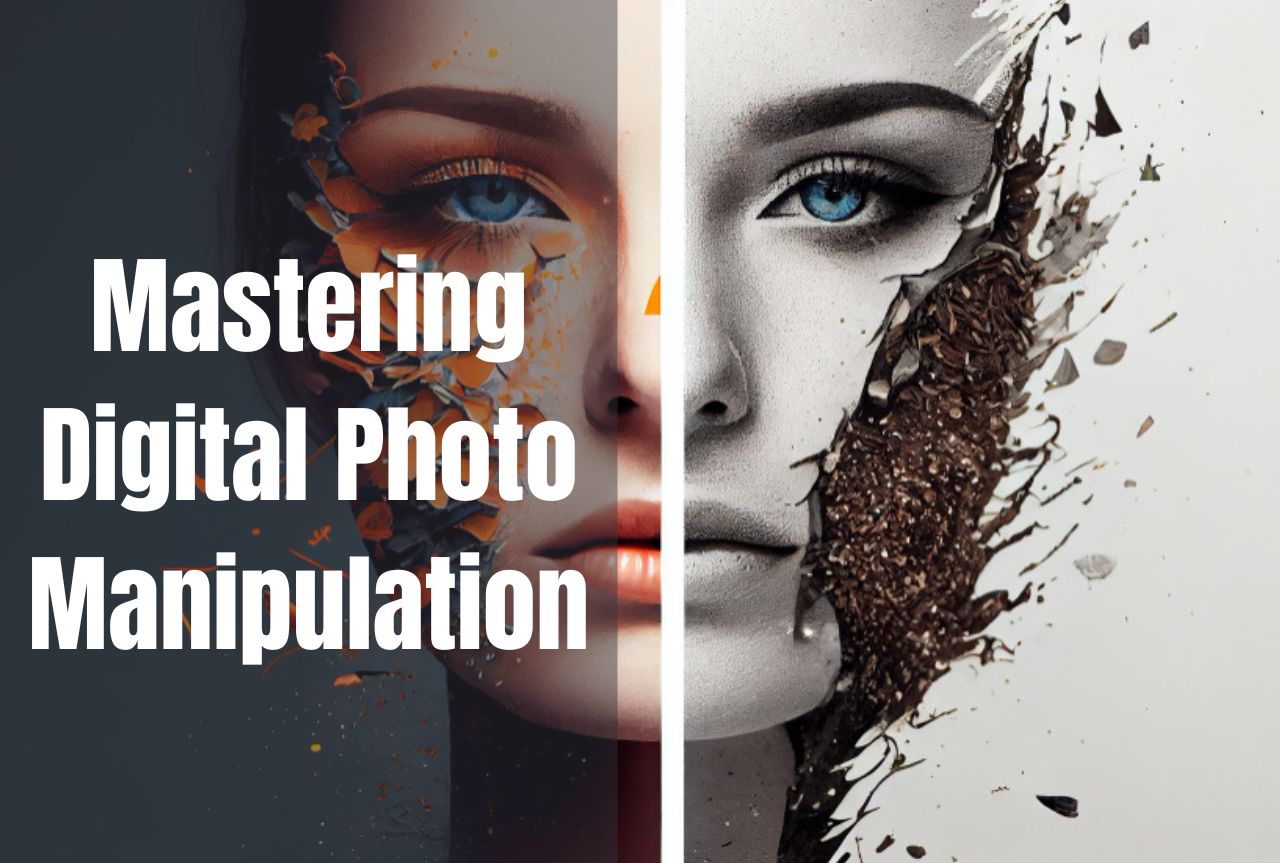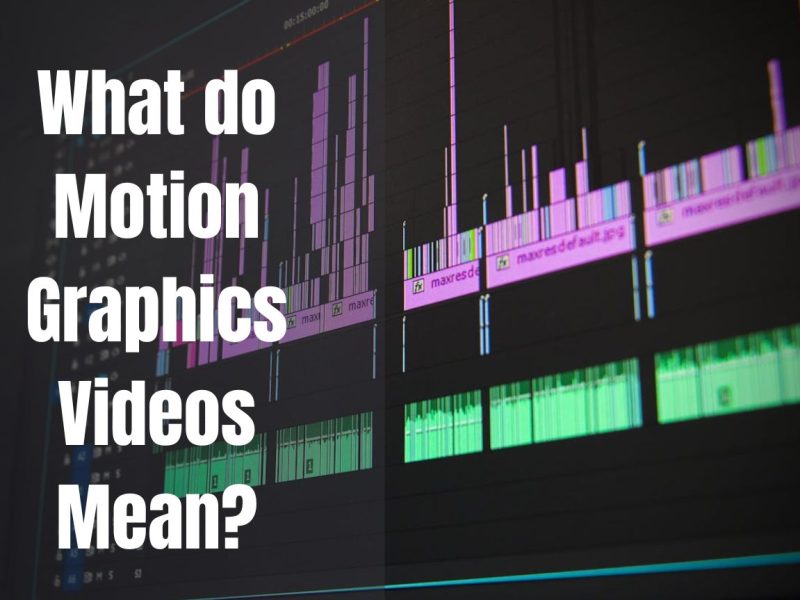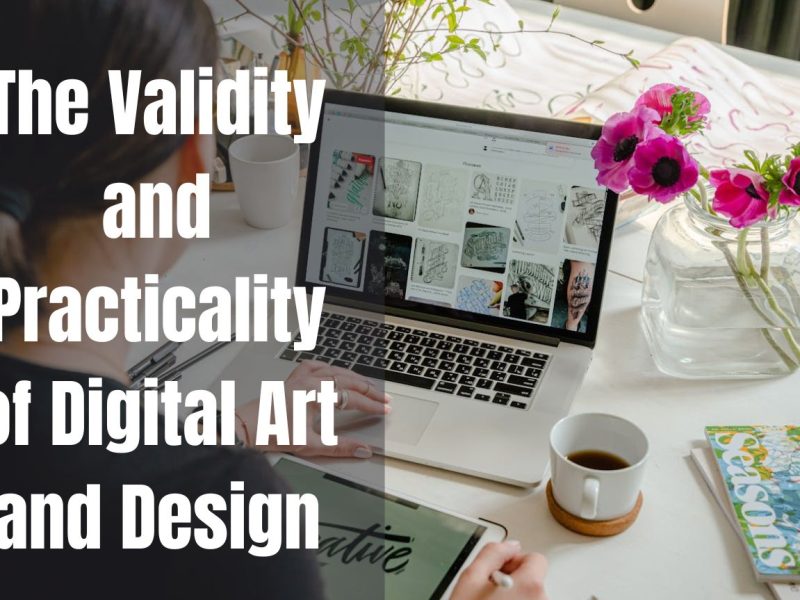An invaluable skill is now being able to manipulate digital photos. Digital photo manipulation opens up a world of artistic possibilities, from improving and retouching images to making beautiful composites and artworks. Learn how to master digital photo manipulation with this complete Guide. It covers the basics, more advanced skills, and the best ways to do things.
Software and Tools for Photo Manipulation
Picking out the right program is the first thing you must do to change photos. There are many choices, but these stand out as the best in their fields:
- Adobe Photoshop: Photoshop is the standard in the business and has a complete set of tools and features for editing photos. Professionals love it because it has strong layer management, advanced selection tools, and powerful editing tools.
- GIMP (GNU Image Manipulation Program): is an option for Photoshop because it is free and open source. GIMP has a lot of tools for editing photos and is always getting better by adding new features, but it may take longer to learn.
- Pixlr: If you’re looking for a web-based option that’s easier to use, Pixlr has a simple interface with all the picture editing and manipulation tools you need. This makes it a great choice for beginners or people always on the go.
The software you choose will rely on your needs, your budget, and your level of skill. You should look into and try out a lot of different choices to find the one that works best for your creative vision and workflow.
Important Techniques
It’s important to learn the basics of digital photo manipulation to get results that look like a pro did them. Here are some important skills you should work on:
Managing the Layers
Digital photo manipulation is composed of layers. It’s important to know how to make, organize, and change layers for complicated composites and non-destructive editing. You can blend and join parts of different images without problems if you learn how to use layer blending modes and opacity control.
Selection Tools
Precise selection is a must for isolating and changing certain parts of a picture. Learn how to use tools like the marquee, lasso, and magic wand and use channels, masks, and edge refinement tools to make better choices.
Adjustments and Corrections
Even the best photos can be made better by making changes and fixes. Learning to use tools like curves, layers, exposure, and levels to fix color, contrast, and tone. Learning how to sharpen and reduce noise will also help you improve the beauty and detail of your pictures.
Retouching and Compositing
Retouching is the art of improving and changing images to create a specific look or effect. You can improve and polish your images using skin retouching, blemish removal, and content-aware fill. Compositing, on the other hand, uses layers and masking to put together multiple images into beautiful compositions.
Advanced Photo Manipulation Techniques
Now that you know the basics, you can move on to more advanced picture editing methods to express your creativity:
Effects of Photo Manipulation
- The double exposure effect is made by blending two different images. The result is strange and beautiful to look at.
- Dispersion Effect: You can make an abstract and moving effect by breaking a picture into small pieces and spreading them out.
- Incorporating digital glitches and corruptions into your images can give them an edgy, modern look.
- Cinematic Effects: Lens flare, tilt-shift, and color grading are all techniques that can give your pictures a movie-like look.
Photo Manipulation for Illustrations and Graphics
Digital picture editing is more than just adding effects or putting photos together. Photos can also be used as a starting point for digital art and drawings:
- Making Digital Art from Photos: You can turn a picture into a unique digital illustration or painting by selectively changing and stylizing parts of it.
- Putting Photos Together with Vector Graphics: Mix vector graphics and drawings with photographic elements to make striking compositions.
- Using Photos as Backgrounds and Textures: To make your digital art look more real and give it more depth, use photographic backgrounds and textures.
3D and Virtual Reality
The possibilities for digital photo manipulation expand along with technology. Check out the worlds of virtual reality and 3D:
- Beginner’s Guide to 3D Photo Manipulation: Learn how to turn 2D photos into 3D scenes and objects, giving you more creative and realistic options.
- Incorporating Photos into Virtual Reality Environments: You can become more immersed in virtual worlds by adding photo elements that blend in with VR environments, making the difference between real and virtual places less clear.
Best practices and how things work
A good workflow and best practices are essential for efficient and reliable results in digital photo manipulation.
- Setting Up an Efficient Workflow: Use computer shortcuts and automation tools to organize files, set up project templates, and make your process as smooth as possible.
- Non-Destructive Editing Techniques: To keep your original picture data, use non-destructive editing techniques, like working with smart objects and adjustment layers.
- File Management and Organisation: Name your files and folders in a way that makes sense to keep your projects organized and easy to find.
Strategies for Backing Up and Archiving: To protect against data loss or damage, back up your work regularly and store finished projects.
Tools and materials for learning
To get good at digital photo manipulation, you must keep learning new things and following the latest trends and techniques. Check out these tools to learn more and improve your skills:
- Online Courses and Tutorials: Sites like Skillshare, Udemy, and YouTube have a lot of video courses and tutorials given by experts in the field.
- Books and magazines: Magazines and books about picture editing and digital art can give you a lot of information and ideas.
- Community and forum sites online: Get in touch with other art lovers and artists, and Share your work, also Ask professionals for feedback and help.
- Inspiration and Showcases: Follow photographers and artists whose work moves you and look through online galleries and showcases to get creative.
In conclusion
Digital photo editing is a powerful art form that is always changing. It lets you be creative and make your artistic ideas come to life. You can improve your picture editing skills to a whole new level by learning the basic techniques, trying out more advanced effects, and setting up efficient workflows.
Remember that learning, trying new things, and improving yourself are all part of mastering digital photo manipulation. Take on the difficulties, stay interested, and never stop discovering what this fascinating art form can do.



